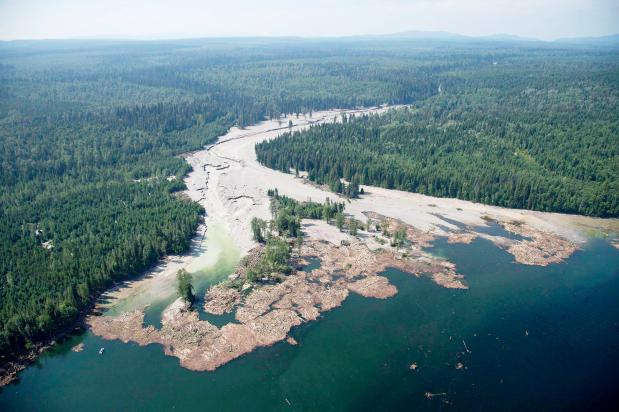Support strong Canadian climate journalism for 2025
The tailings pond collapse at British Columbia's Mount Polley mine almost three years ago shook the world's mining industry, says the province's mines minister.
Bill Bennett, who is not seeking re-election this spring, told a meeting of industry representatives Tuesday that the August 2014 disaster set back mining in Canada.
"The whole world just stepped back for a moment," he said.
Bennett said three major investigation and inspection reports later, B.C. has implemented regulatory, enforcement and compliance changes to ensure such an event never happens again. An independent report ordered by the government concluded the breach was caused by an inadequately designed dam, causing 24 million cubic metres of silt and water to stream into nearby lakes and rivers.
Despite the blow caused by Mount Polley, Bennett said mining in B.C. is more competitive and transparent than ever.
He said there are more than 30,000 people working in B.C.'s mining industry, almost double the number when the Liberal government was first elected. Last year, mining contributed $6.3 billion to the provincial economy.
"Mining is in better shape today in terms of our obligation to the public to have a very strong, transparent method by which we inspect and enforce the rules at mine sites," Bennett said. "Not only are the rules stronger but the transparency for the public to see what we're doing is much, much greater."
He said his ministry has introduced a mine information website that provides historical and current data of mining operations in B.C. The new site includes every permit, inspection and government report on many of the province's largest mines.
Bennett said the goal of the site is to keep an easily accessible public record for every mine in the province.
"It's going to generate confidence. It's important to the public," he said. "It's always good to tell people what we do with the things we take out of the ground."






Comments